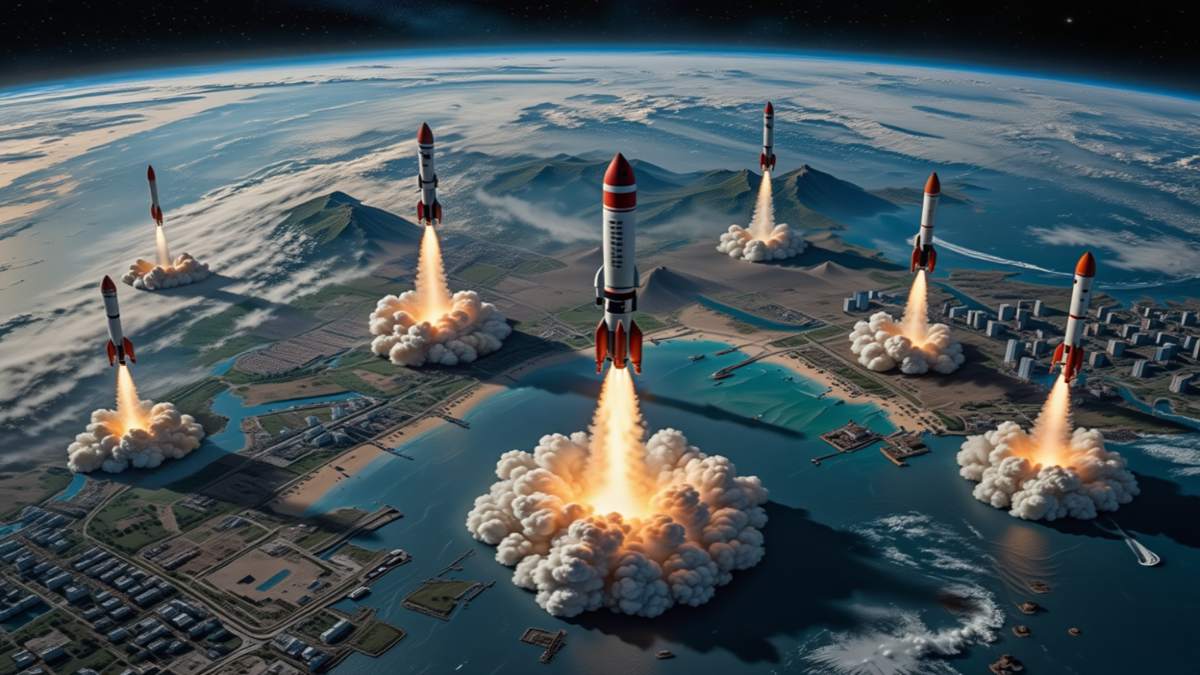The surge in global rocket launches could undermine the slow recovery of Earth’s ozone layer, according to new research led by ETH Zurich. Scientists caution that pollutants from rockets and burning satellites may delay ozone restoration by years or even decades if space activity continues to accelerate.
“Rocket launches and re-entering space debris release pollutants into the middle atmosphere, where they can damage the ozone layer which protects life on Earth from harmful UV radiation — a growing concern that scientists are only beginning to understand,” said study co-author Sandro Vattioni.
In 2019, just 97 rockets were launched worldwide. By 2024, the number had soared to 258, and projections suggest more than 2,000 launches annually by 2030. Using a climate chemistry model, researchers found that such growth could reduce global ozone thickness by nearly 0.3%, with seasonal losses of up to 4% over Antarctica, where the ozone hole remains a recurring issue.
The main culprits are chlorine from solid rocket motors and soot from propellants, both of which trigger ozone-destroying reactions. Cryogenic fuels such as liquid hydrogen and oxygen produce far less harm, but only about 6% of rockets currently use them due to technical challenges.
Re-entering satellites add further uncertainty. As they burn up, they release nitrogen oxides and metals that may intensify ozone loss, though these effects are not yet fully quantified.
The researchers argue that international action is urgently needed. “Monitoring rocket emissions, minimizing the usage of chlorine and soot-producing fuels, promoting alternative propulsion systems, and implementing the necessary and appropriate regulations are all key to ensuring that the ozone layer continues its recovery,” Vattioni said.
They point to the Montreal Protocol, which successfully phased out CFCs, as proof that global cooperation can protect Earth’s atmosphere.
Ozone Layer Recovery at Risk as Rocket Launches Skyrocket






